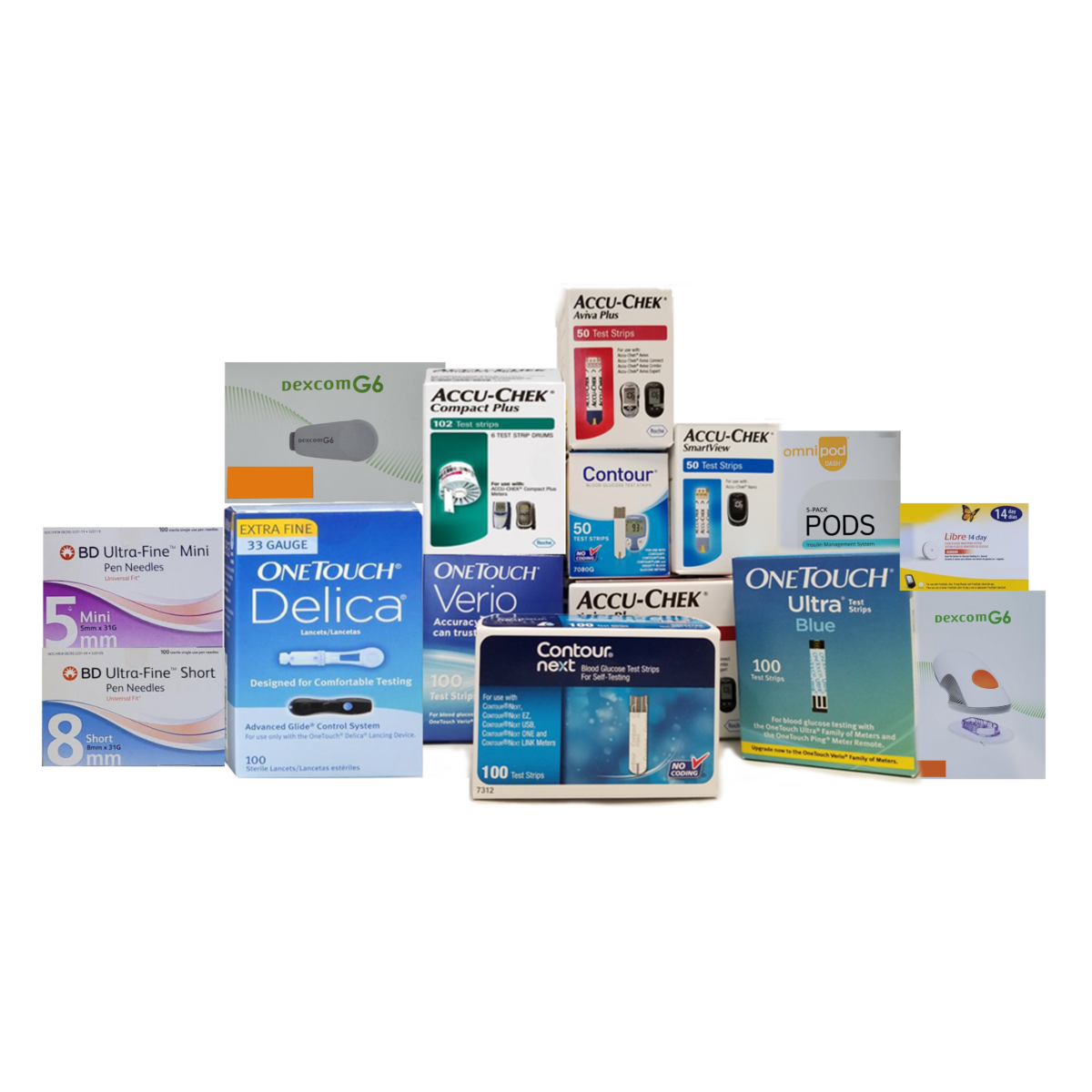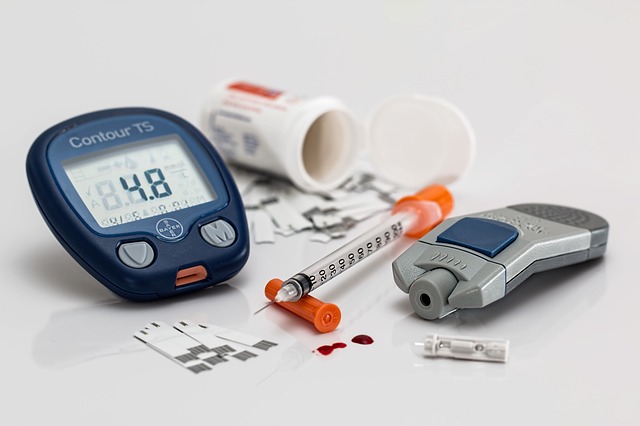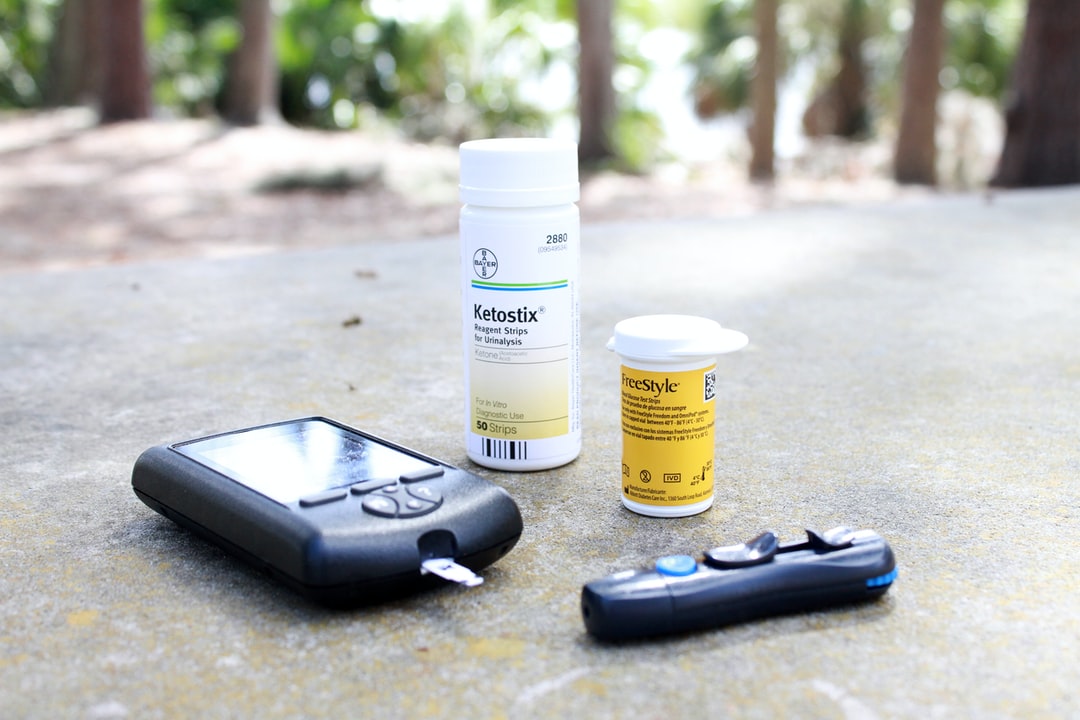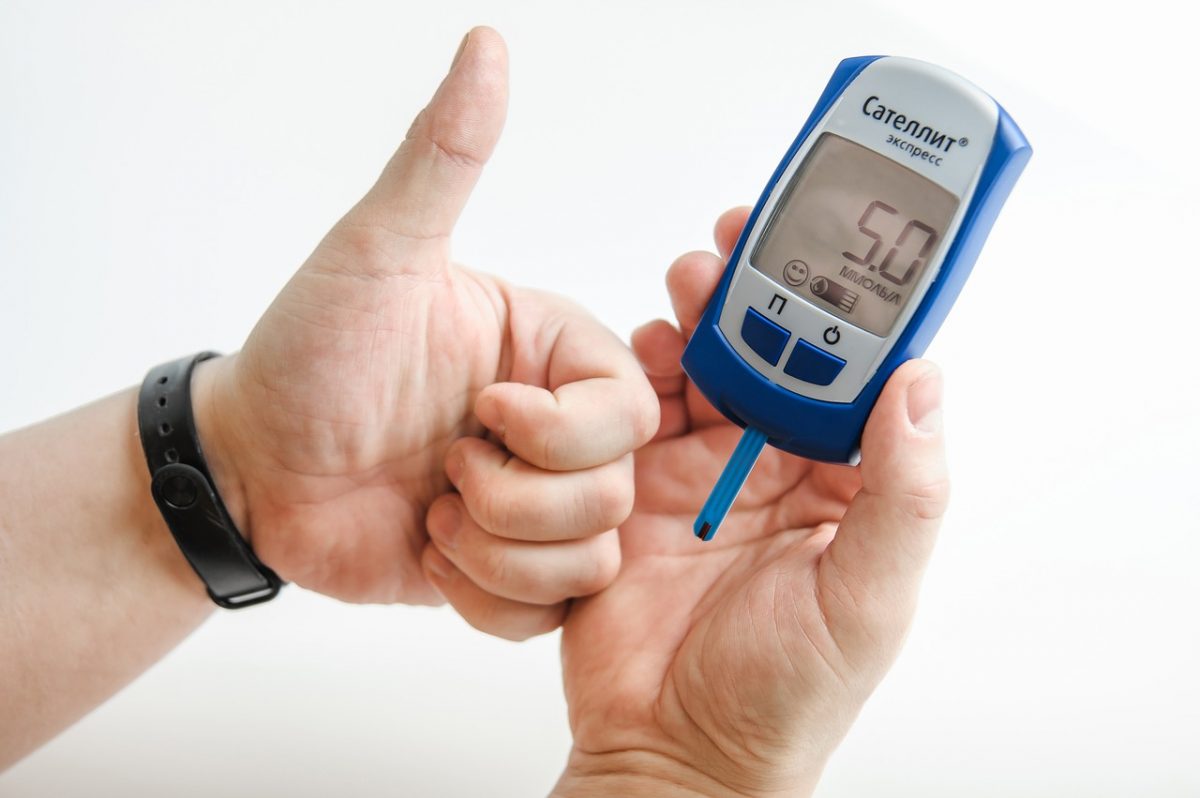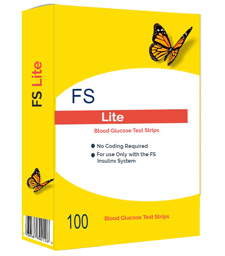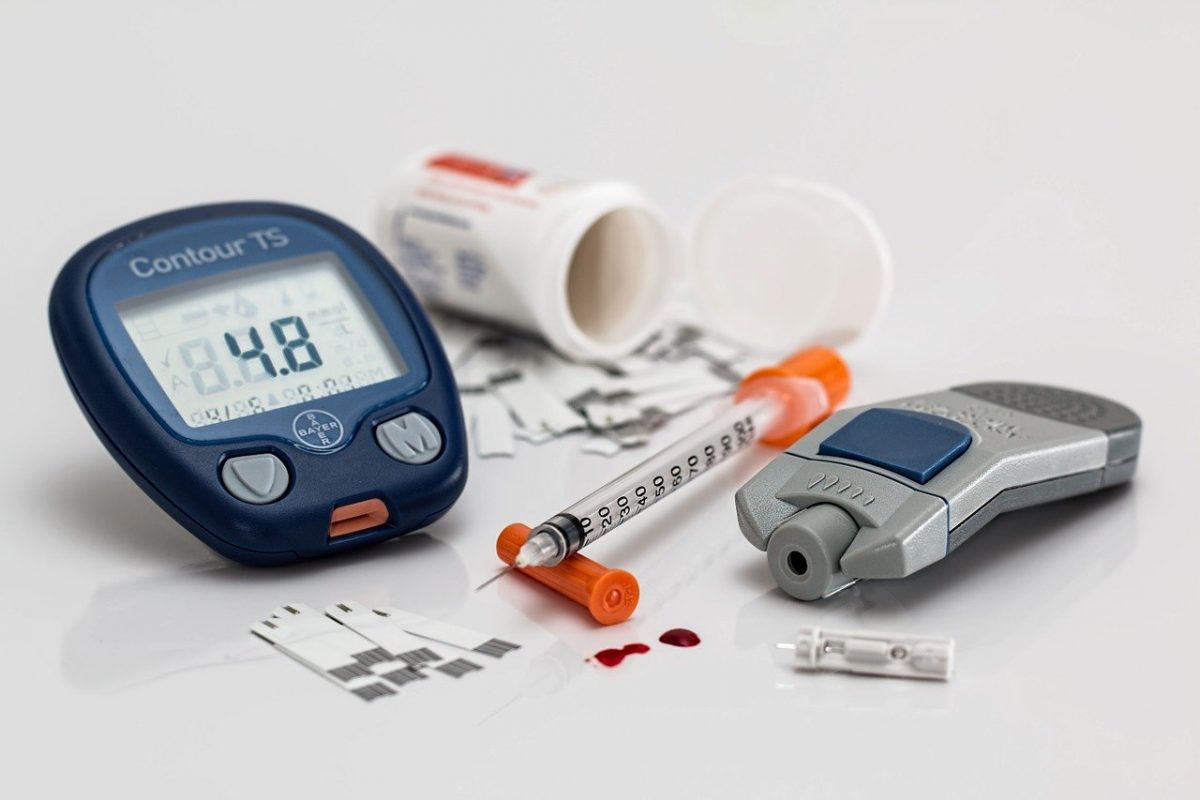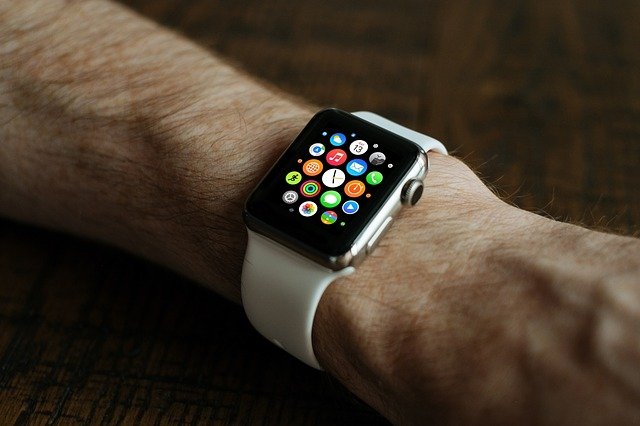Every diabetic patient knows how expensive test strips are. They’re an essential part of managing the disease. The cost can vary widely, depending on where they’re purchased and if an individual has insurance. The brand of test strips plays a major role in costs, even though the devices are essentially manufactured in the same way and perform the same task.
The average cost of manufacturing a test strip is about 15 cents, yet they can cost as much as $2 each on the shelf. Manufacturers say the expense is due to research and development costs. Overall, test strips are uniformly accurate, though some may produce results that vary up or down by 10 to 20 percent, which is true of most strips.
The most expensive test strips include the following. It’s important for individuals to remember that the pharmacy used and the area of the country will impact costs.
- OneTouch Ultra Blue, $50. 90, 100 count
- One Touch Verio, $49.99, 90 count
- Accu-Chek, $44.99, 100 count
- FreeStyle Lite, $37.97, 100 count
- Contour Next, $30.13, 100 count
Expensive doesn’t mean better. There are plenty of store brand monitors and diabetic test strips that are just as accurate as name brands and they cost considerably less.
The cost of insulin continues to grab headlines across the U.S., while little attention is paid to test strips that are an ongoing month-to-month expense. Meters and test strips account for an estimated 27 percent of diabetes-related expenses. Glucose meters can provide service for up to 10 years, while meter manufacturers say people should replace their meter every five years.
Changing the brand of glucose meter and test strips can help reduce costs, or look into companies that buy test strips and resell them at a discount. In some instances, it’s cheaper to pay cash for test strips and bypass insurance completely.
If you would like to find out about earning cash for your unwanted, unused and boxed test strips, complete our online quote form today.
If you have extra, unopened and unused boxes of diabetic test strips – whether you have switched brands, no longer need to test or test less frequently, or have a loved one who has passed away – don’t let them gather dust until they’ve expired and end up in the trash. We’re the best place to sell diabetic test strips online, and if you want to sell your test strips, we’re here to make the process easy and enjoyable!
Visit us at Sell Your Test Strips and get your free quote today!

